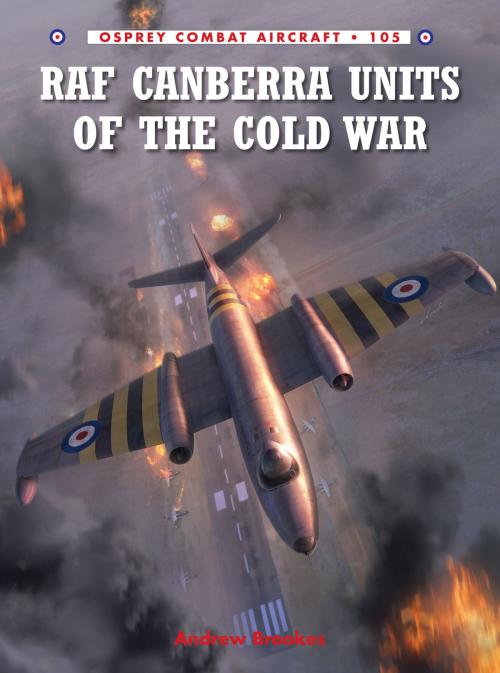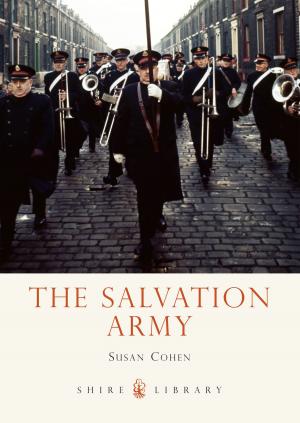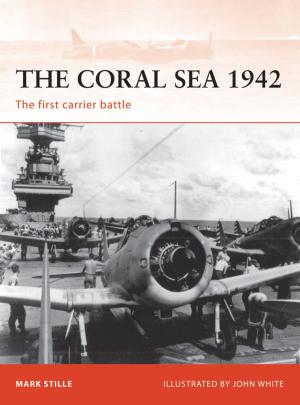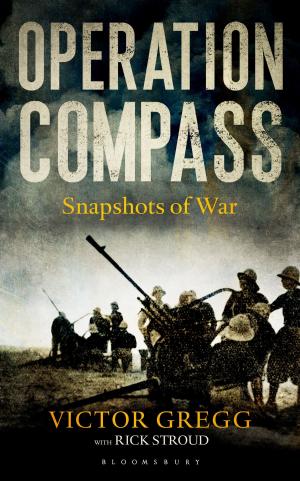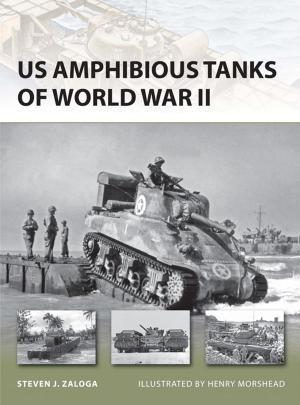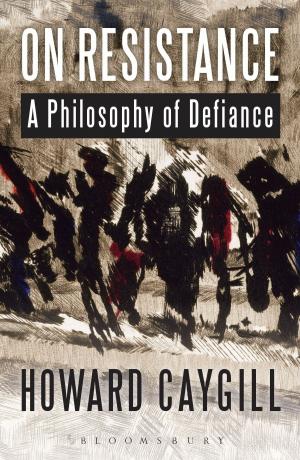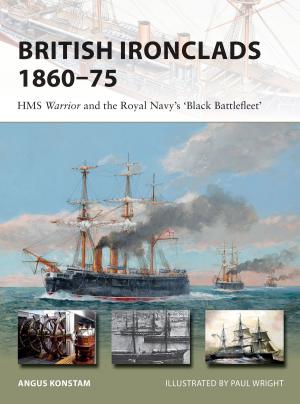RAF Canberra Units of the Cold War
Nonfiction, History, Military, Other, Aviation, Modern, 20th Century| Author: | Andrew Brookes | ISBN: | 9781782004134 |
| Publisher: | Bloomsbury Publishing | Publication: | June 20, 2014 |
| Imprint: | Osprey Publishing | Language: | English |
| Author: | Andrew Brookes |
| ISBN: | 9781782004134 |
| Publisher: | Bloomsbury Publishing |
| Publication: | June 20, 2014 |
| Imprint: | Osprey Publishing |
| Language: | English |
From its first public demonstration at the Farnborough Airshow of 1949, the English Electric Canberra bomber captured the attention of the aviation world. It could outmanoeuvre all the fighters of the time and it could climb way above their operating ceilings. Yet this Cold War equivalent of the Mosquito was simple to maintain and a delight to fly, although it could bite any pilot who did not treat it with respect. The Canberra B 2 first flew on 21 April 1950 and entered frontline service with No 101 Sqn in May 1951. In a testament to the aircraft's benign handling characteristics, the transition programme consisted of only 20 hours in the Gloster Meteor and three hours in the dual-control Canberra trainer. With a maximum speed of 470 knots (871 km/h), a standard service ceiling of 48,000 ft (14,600 m) and the ability to carry a 3.6-tonne (7,900-lb) payload, the Canberra was an instant success.
From its first public demonstration at the Farnborough Airshow of 1949, the English Electric Canberra bomber captured the attention of the aviation world. It could outmanoeuvre all the fighters of the time and it could climb way above their operating ceilings. Yet this Cold War equivalent of the Mosquito was simple to maintain and a delight to fly, although it could bite any pilot who did not treat it with respect. The Canberra B 2 first flew on 21 April 1950 and entered frontline service with No 101 Sqn in May 1951. In a testament to the aircraft's benign handling characteristics, the transition programme consisted of only 20 hours in the Gloster Meteor and three hours in the dual-control Canberra trainer. With a maximum speed of 470 knots (871 km/h), a standard service ceiling of 48,000 ft (14,600 m) and the ability to carry a 3.6-tonne (7,900-lb) payload, the Canberra was an instant success.
